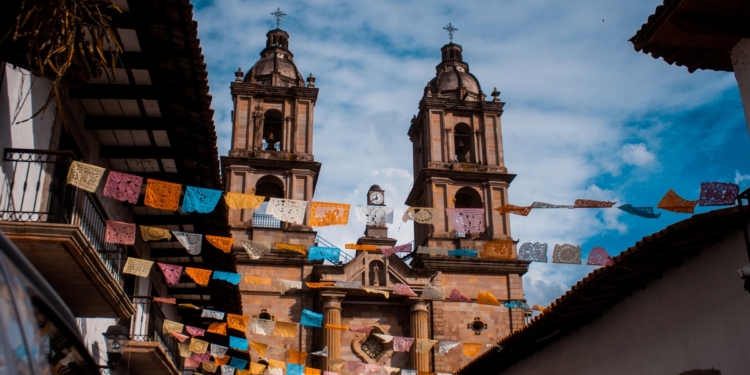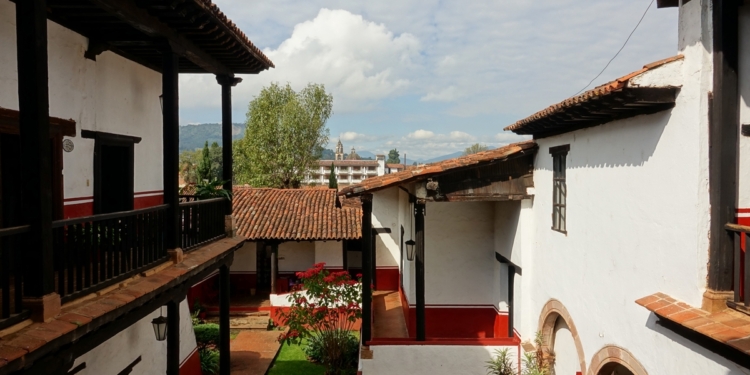Anyone living in the provinces in Mexico may have the good fortune (or not, depending on their frame of mind) of residing close to a church and within earshot of the church bells.
These may ring out as early as 6 a.m. for morning mass, again around midday, and then again in the evening. Sundays are likely to involve more bellringing than other days of the week.
On religious holidays, of which there are plenty including Easter, Christmas, Candlemas, Day of the Dead, and the Virgin of Guadalupe day on Dec. 12, there may be more bells than usual, along with fireworks. And then there are innumerable local saints’ days, which could involve more pealing of bells, exploding of rockets, and eating of traditional foods.
The Church and church bells play a significant role in Mexican history. Anecdotes abound from the time of Spanish colonial rule, and of course the priest Miguel Hidalgo y Costilla famously rang the bells in Dolores, Guanajuato to call insurgents to rise up against the Spanish in 1810.
In his essay “Campanas,” included in the book Ciudad de Entonces, the journalist, writer and now Mexican ambassador to the Holy See, Alberto Barranco Chavarría notes that the longest known continuous pealing of bells occurred on Dec. 27, 1867, at the Mexico City cathedral to mark the definitive triumph of the Liberals over the Conservatives. The ringing lasted from four in the morning until nine at night, on the orders of the bishop, he says.
In that essay, he tells the story of a bell in Spain that had rung out “of its own accord” one midnight, affrighting the local population. As the mayor’s cries to the bellringer to stop that confounded noise went unheeded, he had the doors to the bell tower knocked in to find only a cat at the end of the spiral staircase. Twenty days later, the Royal Council declared the ringing null and of no account, and ordered the clapper removed and the bell exiled to “The Indias,” which is how it found its way to Mexico and later fascinated viceroy Juan Francisco de Güemes y Horcasitas.
In the picaresque novel, La Vida Inútil de Pito Pérez, by José Rubén Romero, the drunken protagonist carries around a number of bells among his collection of junk and explains that each carries the name of a town and they serve to bring back memories of his travels around Michoacán. “The big bell of Pátzcuaro rebukes its younger sister, the bell of Quiroga, because it shows its tongue to the lake.”
Speaking of Michoacán, this writer’s one visit to the town of Cuanajo during a tour of Pátzcuaro, Capula, Quiroga (great carnitas), Tzintzuntzan, and others, occurred on one of those bell-ringing days. A young lad sat with his legs hanging over the edge of the bell tower lazily pulling the clapper from side to side, letting out a dull clang for the whole time we were there. Cuanajo, let it be said, could well merit the description of “pueblo rascuache” and as such, had a church bell that clanged more than chimed, quite easily grating on the nerves.
This quality of the metal in a church bell can, it seems, make the difference between enjoying the local sounds and moving somewhere else.
Mexico in your inbox
Our free newsletter about Mexico brings you a monthly round-up of recently published stories and opportunities, as well as gems from our archives.






